By Dominique Harris
on October 01, 2014
With 6 comments
Bonjour, Beaus and Beauties! I hope all is great with everyone. I want to chat a bit about a topic that's important, along with so many other topics, yet has been a challenge for many to understand, and that is POROSITY.
As we embark on our journey to healthy hair, this is a topic that can make healthy hair care a breeze once we understand it and become much more familiar with what it is and why it's important. So, let's dive into it and hopefully this can be of some help as you continue to grow on your quest of all things healthy hair.
WHAT IS POROSITY
Porosity refers to the condition of the cuticle layer of the hair.
The 3 types of porosity levels are: LOW, HIGH and NORMAL.
HOW TO TEST YOUR HAIR
Place a freshly washed, product free strand of hair in a cup of water (cool water is fine) and wait for the show. Leave the strand in the water for about 8-10 minutes to see if the strand stays on top or floats to the bottom.
POROSITY LEVELS
-
If the hair quickly sinks to the bottom of the cup, your hair is of HIGH POROSITY.
-
If the hair floats somewhere towards the top or in the middle, you have NORMAL POROSITY.
-
If the hair floats at the top for a long period of time, you have LOW POROSITY hair.
POROSITY..THE INSIDE SCOOP
HIGH POROSITY:
This type of porosity means the cuticle has been exposed to severe amounts of damage, either through environmental exposures, overuse of heat, harsh combing/brushing or chemical processes (relaxers, texturizers, colorants). The strand of hair floats quickly to the bottom of the cup of water due to the weight of the water becoming too heavy to float. Another sign of highly porous hair is that it loses moisture almost as quickly as moisture is applied. A hair, under a microscope, that is highly porous, resembles the gaps of swiss cheese, displaying large holes in the hair follicle.
CARE THAT HELPS:
For naturals who do have highly porous hair, thick butters and products that contain oils are great because they serve as a protective layer and help to seal the cuticle. Henna and protein treatments are great because they temporarily fill the gaps/holes in highly porous hair. Apple cider vinegar rinses and ACV Sprays formulated with a lower pH because they help to close the cuticle and protect the hair from environmental contaminants . Protein and Deep Conditioning treatments are extremely useful for temporarily patching the gaps of highly porous hair. Keeping in mind that these are temporary solutions, it's best to focus on keeping the new growth healthy,minimizing or abstaining from the use of heat and keeping chemical processes,such as hair colorants, away from the hair simply due to the fact that once the hair is damaged, the damaged hair cannot be 'permanently repaired'. Dry Detangling using an oil or butter to help with the slip and ease of detangling. Finger detangling is also a good option. By using the fingers, it's easier to feel for knots and tangles easier than when using a detangling tool that may pull, tear and snag the knots or tangles. Should you decide to use a detangling tool,as they can be great, first opt for using the fingers to detangle, then proceed to use the detangling tool of choice. With regular trims and being mindful of the information above such as protein treatments and regular deep conditioning, highly porous hair can become much easier to manage.

NORMAL POROSITY:
This is the happy medium. It means that the hair allows for easy moisture inside the cuticle and it holds moisture for long periods of time making hair less susceptible to breakage. It's a very desirable and low maintenance type of porosity. Be aware, regular chemical processes and excessive heat use can change the hair's porosity over time. Healthy ingredients, regular deep conditions, moisturizing and little to no heat will help keep normal porosity hair at it's best.
LOW POROSITY:
This type of porosity is not as bad as it may seem. This type means that the cuticles are tight and pretty resistant to opening up for moisture. With hair that is of low porosity, many times it may feel as though product is sitting on top of the hair instead of thoroughly penetrating through the hair. The benefit of having low porosity hair is that once moisture is able to penetrate the cuticle, it holds on to it very well...the key is just getting the moisture inside.
CARE THAT HELPS:
With low porosity hair, it's best to incorporate ingredients, especially when cleansing, of a higher alkalinity pH. Some tips that can help to infuse moisture into hair that is of low porosity is by incorporating heat or steam when deep conditioning, such as the use of a steamer, heat cap or simply heating the desired amount of deep conditioner and applying to clean damp hair. Be sure when moisturizing the hair, dampen the hair with a water based moisturizer, such as a leave-in conditioner, then apply a butter or oil to lock/seal in the moisture to help train the hair to hold onto moisture longer.
My Hair:
My hair is a great mix of normal and low porosity. Feel free to check out my older regimen here to see how I have managed to achieve and maintain healthy moisturized hair. Education, trial and error has truly helped me to understand and care for my hair and with that, I hope to help others throughout their journey by sharing my experiences. As always, I hope this helps, feel free to share your hair's porosity and how you care for your hair.



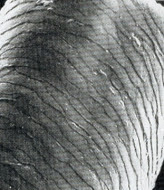
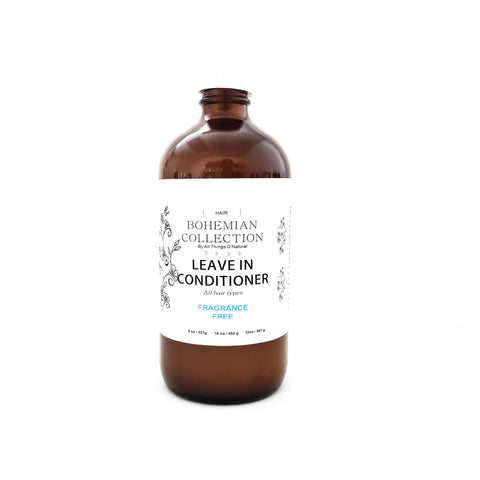
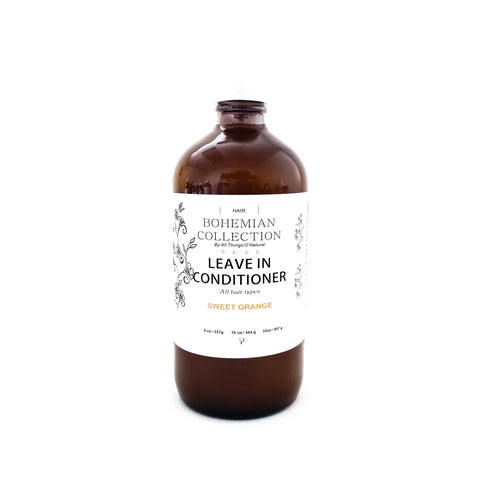
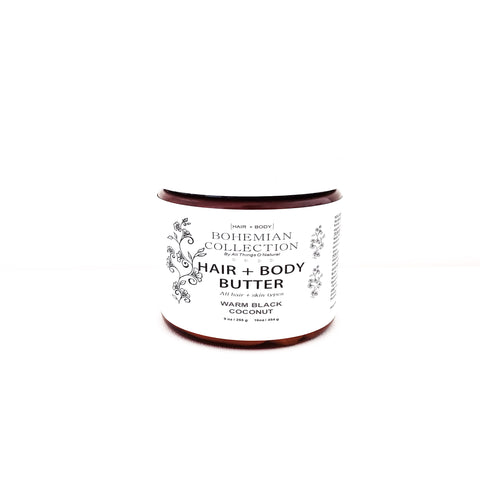
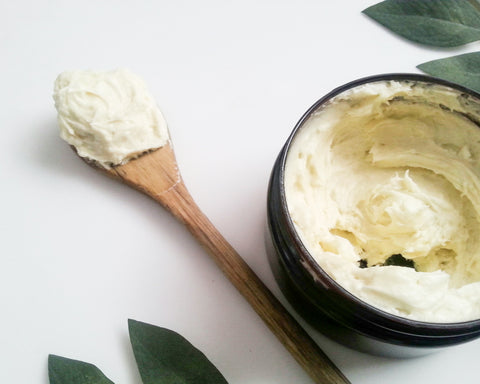
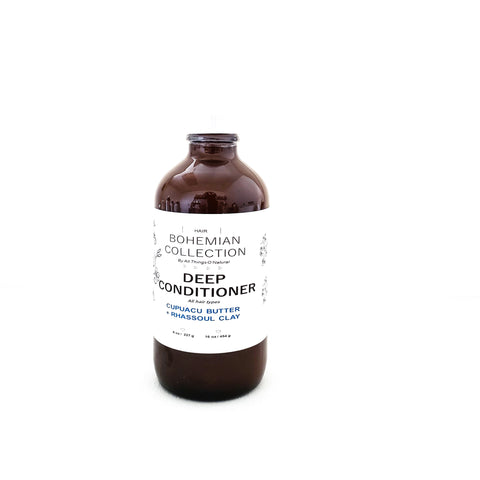
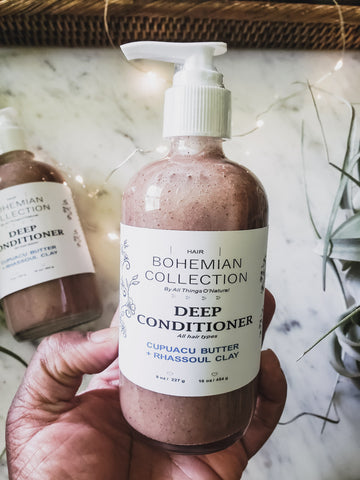
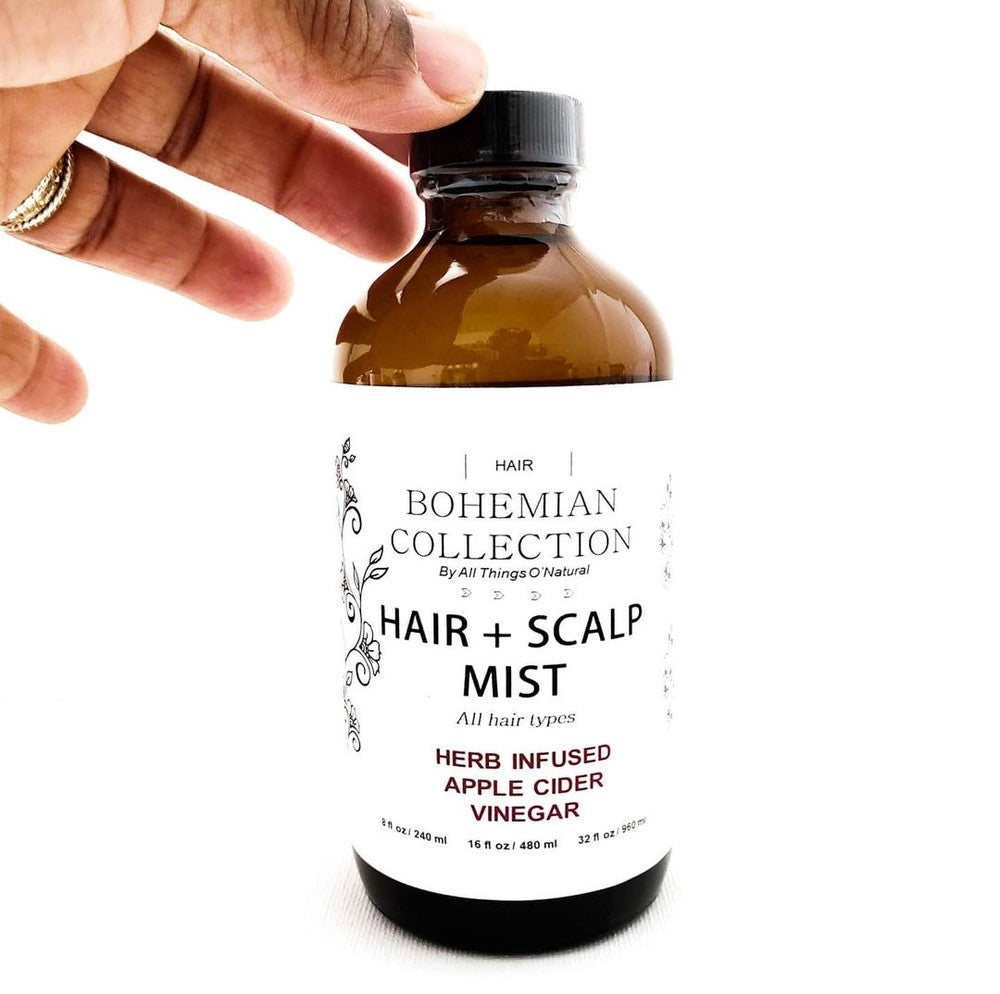
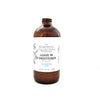
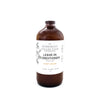
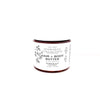

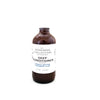

@Erica
Yes, the ACV Mist would be best if used after cleansing and rinsing…Also as a refresher moisturizing mist as well, for highly porous hair.
Wow, thank you, Valerie…I just try to share any info I have learned and I am constantly learning. :-)
Greetings,Erica
I too use it as a pre poo clarifier, especially if I have buildup. I use it mostly, as discussed in my hair regimen, after rinsing out my deep conditioner to help close the cuticles back up, aiding in preventing mineral buildup and helping to minimize frizz. The smell goes away really quickly. I even use our Natty ACV Mist as a moisturizer when I have my hair in twists or plaits. To view my full regimen, it’s listed on the blog and references how I use the ACV Mist
So if acv rinses are good for high porosity hair to cost the cuticle, what part of the regimen do you use it? I always do it on my dry dirty hair to clarify, cleanse, & remove build up.
Once done with the acv rinse I cowash with conditioner & then deep condition with heat so the conditioner can penetrate (but I guess since high porosity hair is already open to moisture there’s no need for heat?
I was doing the clay rinses after this, but the clays dry my hair. Even though acv closes the cuticle it would make since to do it at the end of the regimen, but then you will have the smell to deal with!
So if acv rinses are good for high porosity hair to cost the cuticle, what part of the regimen do you use it? I always do it on my dry dirty hair to clarify, cleanse, & remove build up.
Once done with the acv rinse I cowash with cinditiinwr & then deep condition with heat so the conditioner can penetrate (but I guess since high porosity hair is already open to moisture there’s no need for heat?
I was doing the clay rinses after this, but the clays dry my hair. Even though acv closes the cuticle it would make since to do it at the end of the regimen, but then you will have the smell to deal with!
You are a Awesome Teacher. ..Thanks